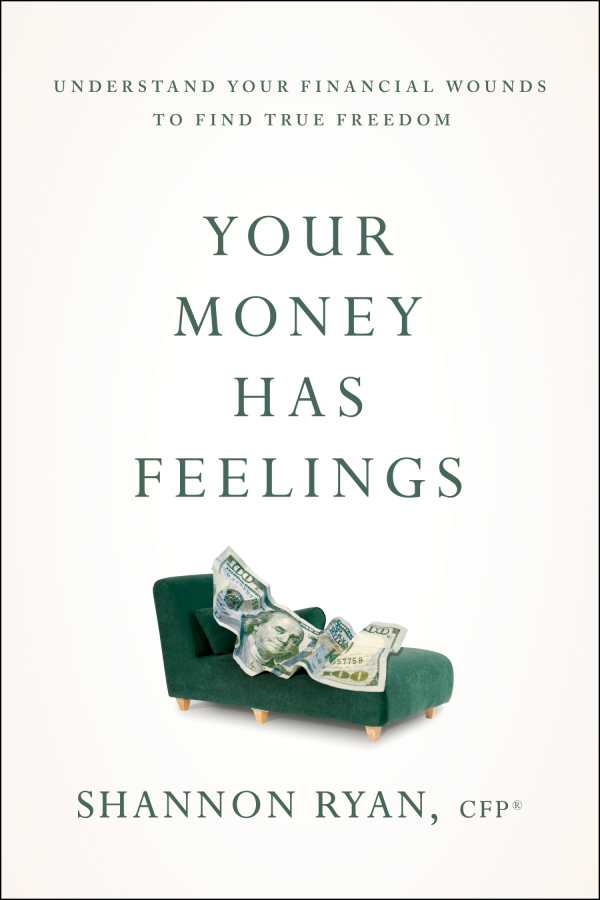Your Money Has Feelings
Understand Your Financial Wounds to Find True Freedom
The astute financial guide Your Money Has Feelings positions emotional literacy as the foundation for long-term monetary health.
Shannon Ryan’s personal finance guide Your Money Has Feelings reframes wealth building as an internal process rooted in behavioral finance and emotional healing.
First outlining foundational concepts in behavioral finance, such as money wounds, financial scar tissue, money scripts, and financial biases, the book identifies internalized beliefs formed in childhood that affect one’s financial choices into adulthood. These are grouped into five categories: fear, shame, regret, power and control, and expectations. Personal and client anecdotes are used to further illuminate these wounds and how they manifest, including in behaviors like compulsive frugality, avoidance, overspending, and indecisiveness.
Indeed, memories like hesitating to order lunch during a childhood beach outing function as emotional anchors that set the tone for the central thesis that financial decisions are not just about money. These scenes establish a framework for understanding financial anxiety as internalized, not circumstantial. They also highlight how childhood experiences can shape long-term patterns, establishing credibility and modeling vulnerability.
The book’s early focus on therapeutic self-discovery gives way to more traditional guidance on financial planning. Indeed, later chapters focus on topics including debt, savings, insurance, investing, and legacy planning. Also supplied are planning tools like goal-based budgeting and risk mitigation; all is made to relate to the emotional patterns introduced early in the book.
Positioning emotional literacy, more than technical knowledge, as the foundation for long-term financial change, this is a clear, sequential guide. Each chapter builds on the last in the manner of a workshop, moving from explorations of mindsets and belief systems toward actionable strategies. The pacing is steady, and the inclusion of chapter summaries and reflection questions reinforces the book’s emphasis on self-directed learning.
While the book places emotion ahead of data, it also draws on behavioral science and financial research to show how stress and shame can disrupt logical decision-making. These references support the central claim that financial behavior often stems from emotions. And while the book’s primary teaching model remains anecdotal, with less emphasis on long-term financial modeling and tactical advice, practical recommendations are included, such as adjusting lifestyle costs, reviewing insurance policies, and understanding estate planning. These recommendations are presented as extensions of deeper emotional work. Even when the subject shifts toward budgeting or investment planning, the focus stays on alignment with personal values, lived experience, and emotional clarity.
Your Money Has Feelings is a compassionate, structured guide to understanding personal finance from the inside out, focusing on internal patterns, emotional habits, and self-awareness.
Reviewed by
Kiana Curtis
Disclosure: This article is not an endorsement, but a review. The publisher of this book provided free copies of the book and paid a small fee to have their book reviewed by a professional reviewer. Foreword Reviews and Clarion Reviews make no guarantee that the publisher will receive a positive review. Foreword Magazine, Inc. is disclosing this in accordance with the Federal Trade Commission’s 16 CFR, Part 255.

